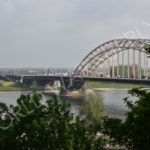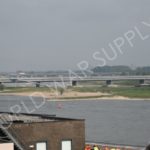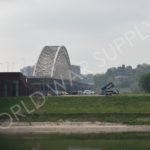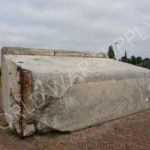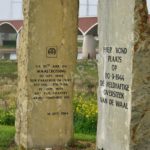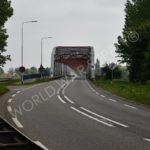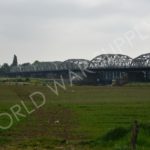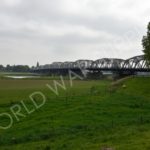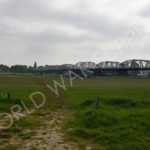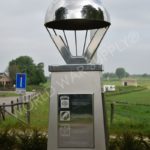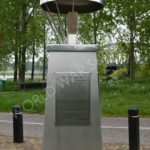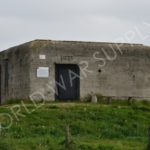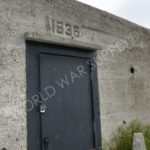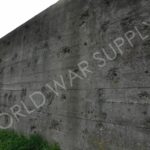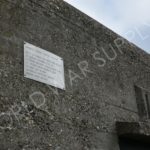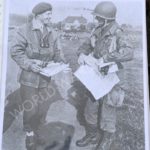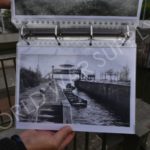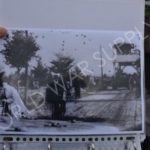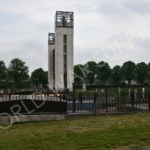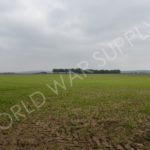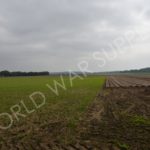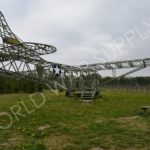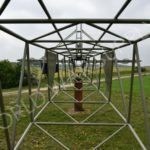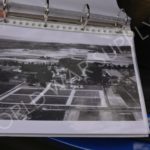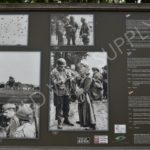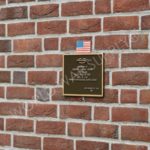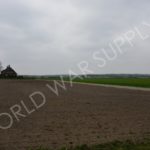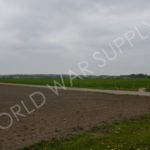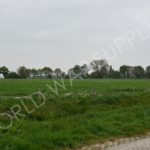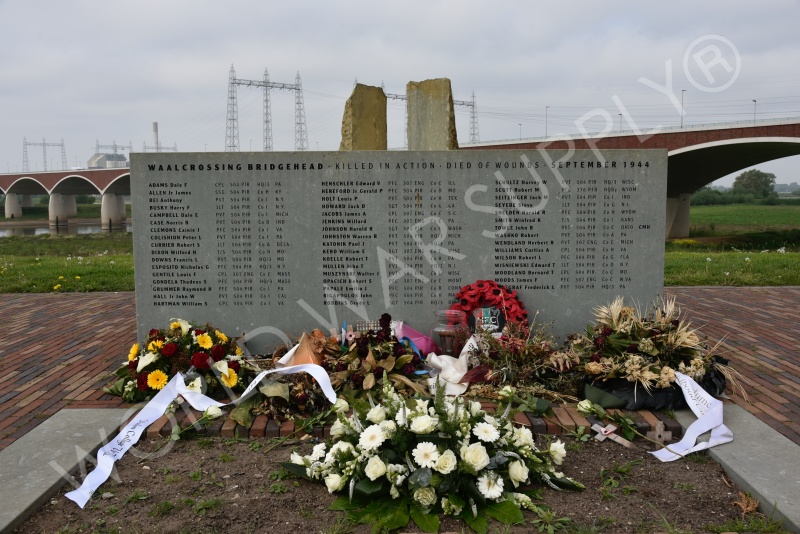
20 Sep Operation Market Garden
History
HOLLAND AND GERMANY – Towards the end of World War Two and following D-Day, the Allies has a clear advantage. They decided to launch Operation Market Garden to gain an even further advantage along the border between the Netherlands and Germany. The Allied forces wanted to allow the German troops no time to regroup after their huge win on D-Day, so they seized their opportunity, but it failed miserably.
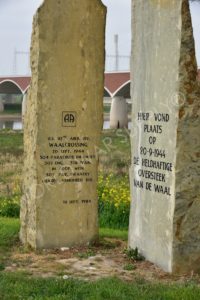
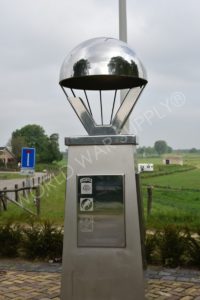
The goal of this mission was to push the German forces out of the Netherlands and back across the German border to advance further in Germany. It consisted of two parts, Operation Market and Operation Garden. Operation Market included 10,000 Airborne Paratroopers, British, American, and Polish, that were to drop behind enemy lines and advance toward the bridges that connect the Netherlands to Germany across the Rhine River. Cities across the border would included in the fight and allow a path toward the inner portion of Germany to allow the Allied to completely defeat the Germans by Christmas. The British surrounded Arnhem, the American 82nd Airborne surrounded Nijmegen, and the American 101st Airborne surrounded Eindhoven.
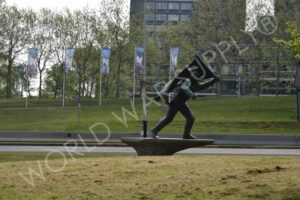

The battle of Arnhem was the largest battle implicating Airborne troops in the history of the world, and it provided extreme risks with extreme rewards. In September of 1944, 1,500 planes and 500 gliders dropped both British and American Paratroopers near Arnhem, and ground forces were to follow quickly after them in the next phase of the attack called Operation Garden. It was imperative that the ground forces quickly catch up to the paratroopers to provide equipment and ammunition, but this didn’t happen as quickly as the Allies intended; the Germans were closing quickly on the Airborne troops in Arnhem. Ground forces tried to fight their way to the town, but were in a stalemate with German forces, and they couldn’t connect with the paratroopers in Arnhem.
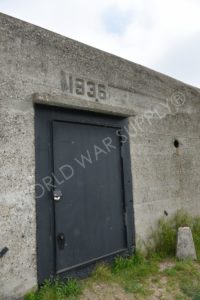

In a last-ditch attempt to save the Airborne forces, the Allies had the paratroopers cross the Rhine River in heavy German fire, and many died in that attempt. The aftermath of the fighting left 8,000 of the 10,000 paratroopers dead, with 2,000 returning to their units. The operation that was thought to win the Allies the war failed miserably and left their forces weaker than they intended.
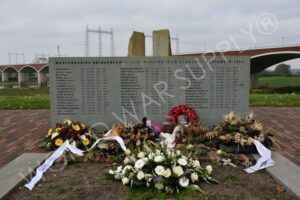

Post By: TC Peters



